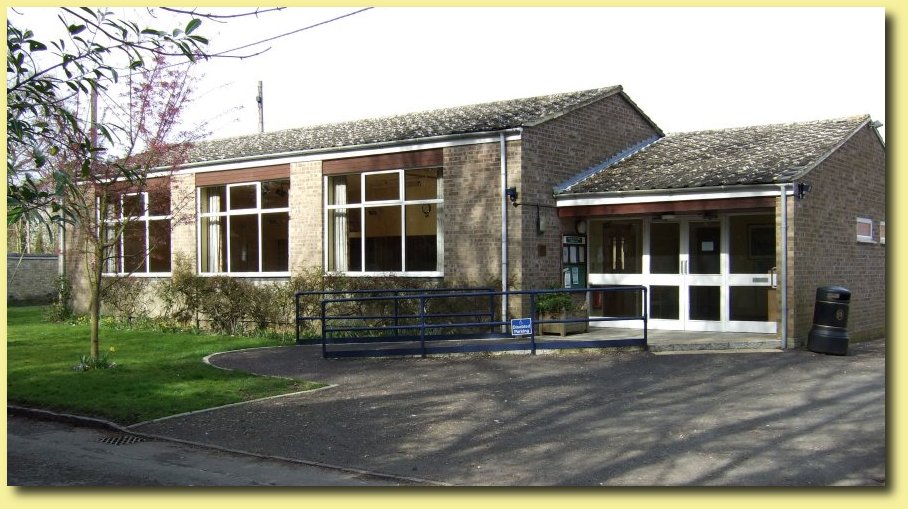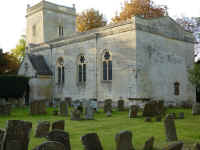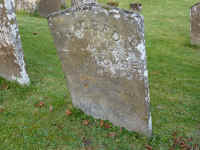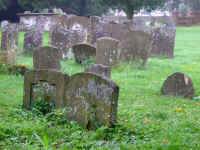
| Weston On The Green |
![]()
![]()
Weston On The Green
Village History.
Material drawn from "Weston Matters" by P
Hessian and M Fissenden, April 2000, and others.
To Info on Family
History
To info on The
Constable's Book of Weston
To info on
The Turnpike Road
To info on The
Church
To info on The School
To info on The Ben Jonson Pub
A very interesting post-card site on Weston On The Green.
http://www.headington.org.uk/oxon/postcards/weston_on_green.htm
A Summary:
"Weston On The Green is a pretty little village with stocks on the green and thatched cottages. The church of St Mary's has an attractive setting and a fine tower dating from the 12th century." So say the guide-books.....
Akeman street, two miles to the north of the village, is a Roman Road, and Roman coins have been found in the village, so there is evidence of habitation here going back many centuries.
In one field there is evidence of ridge-and-furrow farming can still be seen today, and this indicates early agriculture. The village is mentioned in the Domesday Book although it was clearly only a small place of around 30 people.
At the end of the 11th century Robert d'Oilly gave the church at Weston, and two tithes of the land of the Manor towards the foundation of St George's Chapel, which was built within Oxford Castle. In 1227 another d'Oilly (Henry) gave the Manor at Weston to Osney Abbey in Oxford. It remained in the possession of the Abbey until 1539, when the Dissolution of the Monasteries by Henry VIII, gave him possession.
A year later Henry gave the Manor to Lord John Williams of Thame. Descendants of Lord Williams, the Norreys Berties were owners of the Manor for 358 years until the break-up and sale of the estate in 1918 after the heir had died in the Great War.
Electricity came to Weston On The Green in 1931 but it was not installed in the school until 1947.
THE CONSTABLE’S BOOK, WESTON ON THE GREEN
(Village history from 1797 to 1843)
(Brian Wilson, July 2015)
THE WESTON ON THE GREEN TURNPIKE ROAD
(Brian Wilson - July 2015)
Click Picture for full text.
Additional Historical information by local people
CHURCHWARDEN’S
BOOK, 1767-1917, Weston on the Green
by
Paula Hessian and Brian Wilson
and
OVERSEERS BOOK, 1831-1845, Weston on the Green
by
Paula Hessian and Brian Wilson
Click on the titles to access full PDF versions
The information on burials and graveyard locations is made freely available, subject to due acknowledgement, to be used for family genealogical, village, or other local historical purposes.
The Church: (Click on images to enlarge)
 The tower is older
than the main body of our Church and is thought to date from the 11th
century, The first written evidence of religion comes in the 12th
century when Wakelin, priest of Weston, was named in a document.
The tower is older
than the main body of our Church and is thought to date from the 11th
century, The first written evidence of religion comes in the 12th
century when Wakelin, priest of Weston, was named in a document.
On the 8th of June 1273, the church was consecrated to St Mary the Virgin, St James the Apostle and St Nicholas the Confessor, although today we refer to the Church as dedicated solely to St Mary.
 We have written evidence about the repairs and improvements to the church
in 1564, when it was re-roofed and the seats renewed.
We have written evidence about the repairs and improvements to the church
in 1564, when it was re-roofed and the seats renewed.
Again, in 1741, the church was substantially rebuilt, and this time the Norreys Bertie family funded the work.
In Victorian times the church gained a porch, an organ, and the three bells were replaced with the five we have today. Unfortunately the bell-frame is currently in such a condition that the bells may only be rung infrequently.
The shallow slope of the roof of the church behind the surrounding coping gave trouble again at the end of 20th century requiring a major fund-raising exercise.
 The Vicarage,
adjacent to the Church, ceased to be the residence of the Vicar in
the 1960's and passed into private hands,
The Vicarage,
adjacent to the Church, ceased to be the residence of the Vicar in
the 1960's and passed into private hands,
A School existed in Weston in 1808 for around 20 pupils, paid for by the parents. The 1855 the school was recorded as being held in the thatched building at the end of North Lane where it remained until its closure in 1984. It is now a private residence.
The school was given the benefit of mains drains with the first official flush in 1967!
The school bell, which was new in 1874, was removed from the school when it closed in 1984 and now hangs in the Memorial Village Hall.
WHO WAS BEN JONSON?
Ben Jonson, after Shakespeare, was the most eminent writer for the Elizabethan stage. he was born in 1572, the son of a clergyman. Jonson joined the theatrical company of Philip Henslow in London as an actor and playwright. in 1597 he was imprisoned for his involvement in a satire entitled "The Isle of the Dogs", declared seditious by the authorities. the following year Jonson killed a fellow actor, Gabriel Spencer, in a duel in the fields at Shoreditch and was tried at the Old Bailey for murder. He escaped the gallows only by pleading "benefit of clergy". Jonson's second known play "Every Man in his Honour" was performed in 1598 by the Lord Chamberlain's men at The Globe with William Shakespeare in the cast. They became life long friends. Having converted to Catholicism, Jonson was also the object of deep suspicion after the Gunpowder Plot of Guy Fawks. Jonson received an honorary Master of Arts degree from Oxford University. He died on August 6th 1637 and was buried in Westminster Abbey. under a plain slab on which was later carved the words, "0 rare Ben Jonson!" The pub is named after him as he was well known for stopping here in Weston On The Green on his way to Stratford upon Avon to visit his friend William Shakespeare.
Last Modified 28th July 2021
Home,
![]() Webmaster and Author: Robin.
Webmaster and Author: Robin.
